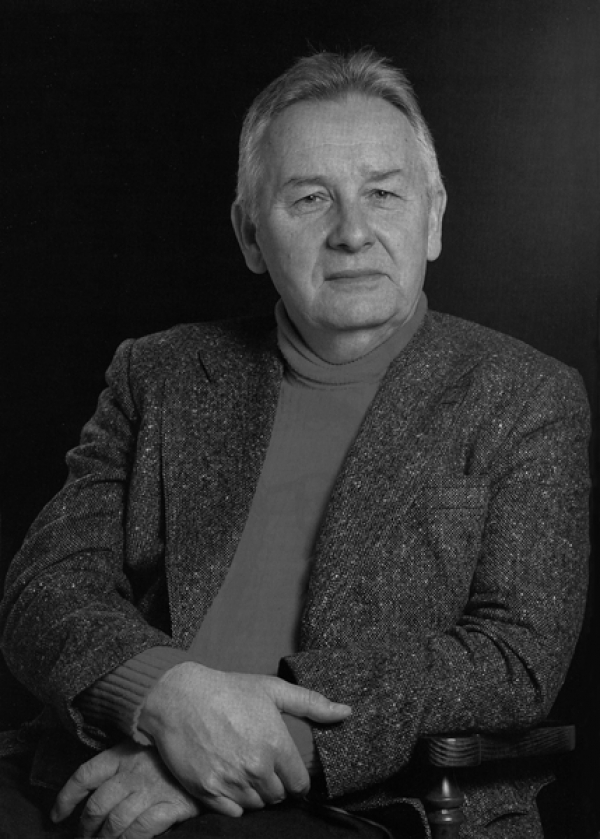Book Review, Performing Pain: Music and Trauma in Eastern Europe

Performing Pain: Music and Trauma in Eastern Europe. By Maria Cizmic. Oxford: Oxford University Press, 2012. [xii, 233 p. ISBN 9780199734603. $65.] Music examples, illustrations, bibliography, index, companion web site.
The role of music in studies regarding violence, pain, conflict, and trauma has become one of the focuses of music scholars over the last decade. Maria Cizmic’s study on music and trauma in Eastern Europe is a pioneering work on this topic in musicology. Contextualizing four late 20th century works of Eastern European composers within the framework of pre- and post-glasnost eras, Cizmic gives a fine analysis of the significance of music to a discourse of meaning of trauma and loss caused by the repressive Stalinist regime. She interprets the role of music in the collective struggle to make sense of suffering through the application of hermeneutic and phenomenological approaches, sociological and psychological trauma theories, theories of postmodernism, as well as detailed contextualization of music-making and performance in a related historical time, employing vast comparisons with similar works in fine art, literature, and film. Spending a great deal of space discussing these works, Cizmic often neglects music, which is sometimes distracting and overwhelming.
The book is based on four case-studies: Alfred Schnitke’s Concerto for Piano and Strings (1979), Galina Ustvolskaya’s Piano Sonata No. 6 (1988), Arvo Pärt’s Tabula Rasa (1977), and Henryk Górecki’s Symphony No. 3 (1976). According to Cizmic, each of these pieces is a part of the interpretation, or testimony, through which people try to make sense of the suffering that occurred during the Stalinist regime. Having been a part of the collective conversation about the unpleasant past, which was provoked by Khrushchev’s “secret speech” in 1956, and which occurred mainly among an urban intelligentsia, these pieces addressed important issues regarding history, memory, truth, morality, and religion. Drawing a parallel between postmodernism and trauma as a “disease of time,” Cizmic interprets the musical features of these pieces as metaphors of the postmodernist concern with the past and, at the same time, its avoidance of linear time. These are also the metaphors of the experience of trauma as the one that represents the breakage of time and a continuous reference to the past. Cizmic argues that these pieces “reimagine time outside of a linear continuum” in a period when the official culture was directed to the abolition of the past (172).
The first chapter of the book, “Music of Disruption,” examines Schnitke’s Concerto for Piano and Strings. Here, Cizmic analyzes this work in the context of the collective preoccupation with historical memory and trauma, through which she interprets Schnitke’s “polystylism” as a “musical project about memory” (46). Cizmic contrasts Schnitke’s emphasis on “documentary objectivity” with the Stalinist’s “antidocumentation” and control of history, trying to demonstrate how Schnitke’s use of musical allusions in the form of temporal and spatial associations allowed him to manipulate linear historical and musical time (48). According to Cizmic, this concerto does not use quotations to address a particular historical violence, but it rather “performs trauma through its disruptive use of stylistic allusions” (49). In addition, Cizmic discusses Schnitke’s compositional techniques as one of the means of demonstrating a truth, but the truth that is created through the musical narrative is built upon the “documentary” quotations, which represent only small fragments of various compositions by other authors.
The analysis of Galina Ustvolskaya’s Piano Sonata No. 6 in the second chapter, “Hammering Hands,” is somewhat different from the previous case study, because Cizmic examines this piece through the real physical actions required to perform this composition that cause pain to the pianist. In this chapter, Cizmic offers a phenomenological examination of this sonata relying on performance theories, and analyzes the embodied performance of pain in relation to a discourse of suffering during the glasnost era. Religion is addressed through Ustvolskaya’s “quasi-religious” response to suffering, and Cizmic argues for truth in the sonata as being demonstrated through the real bodily pain it produces for a performer (72). Cizmic discusses a “private” embodied pain felt only by the pianist and a “public” recognition of suffering by an audience, raising questions about the ethics of the performances of these works, and how can we know and recognize others’ suffering.
The next case-study, “Witnessing History during Glasnost,” discusses Pärt’s Tabula Rasa, or a part of it called “Silentum.” This work is examined through its usage in the 1984 Georgian film “Repentance” by Tengiz Abuladze. This chapter offers an examination of the ways these works “contribute to a public and cultural exploration of the meaning of the Stalinist terror during the late 1930’s” (99). Cizmic gives an interesting interpretation of Pärt’s work, “Silentum,” treating it as a “musical form of testimony,” or the interpretation of truth. Analyzing “Silentum” through the postmodernist discourse of time, Cizmic argues that Pärt’s compositional technique called “tintinnabuli” corresponds to his embracing of history and rejection of progress, which reflects upon the nature of memory and time (117).
 The last chapter, “Music, Mourning, and War,” covers Górecki’s Symphony No. 3 – the only of these works that ended up being perceived as a memorial work of WWII and the Holocaust even though Górecki (pictured, right) fought against this characterization during his career. Cizmic employs similar tools for analyzing this work as in the previous cases, relating it to the postmodernistic concerns with the past and a nonlinear construction of time. According to Cizmic, this symphony musically performs a “silent-sounding tension,” which corresponds to the central paradox of trauma between speech and silence. For Cizmic, this work represents the “complex relationships between music, grief, trauma, and witnessing,” and her central question is how it ended up being a symbol of universal suffering (133).
The last chapter, “Music, Mourning, and War,” covers Górecki’s Symphony No. 3 – the only of these works that ended up being perceived as a memorial work of WWII and the Holocaust even though Górecki (pictured, right) fought against this characterization during his career. Cizmic employs similar tools for analyzing this work as in the previous cases, relating it to the postmodernistic concerns with the past and a nonlinear construction of time. According to Cizmic, this symphony musically performs a “silent-sounding tension,” which corresponds to the central paradox of trauma between speech and silence. For Cizmic, this work represents the “complex relationships between music, grief, trauma, and witnessing,” and her central question is how it ended up being a symbol of universal suffering (133).
In this book, Cizmic tries to show how music can engage in a discourse of trauma and loss in multiple ways. All discussed works are not a direct representation of trauma, neither are they closely related to any historical traumatic moment, but they symbolically, through their musical form and performance, demonstrate the same characteristics typical of trauma. Cizmic’s passion about this topic is evident throughout her work. Addressed to music specialists and non-music readers, this book offers a compelling account of music, politics, trauma, and Eastern European history.
----
Badema Pitic is a PhD student in ethnomusicology at UCLA.





